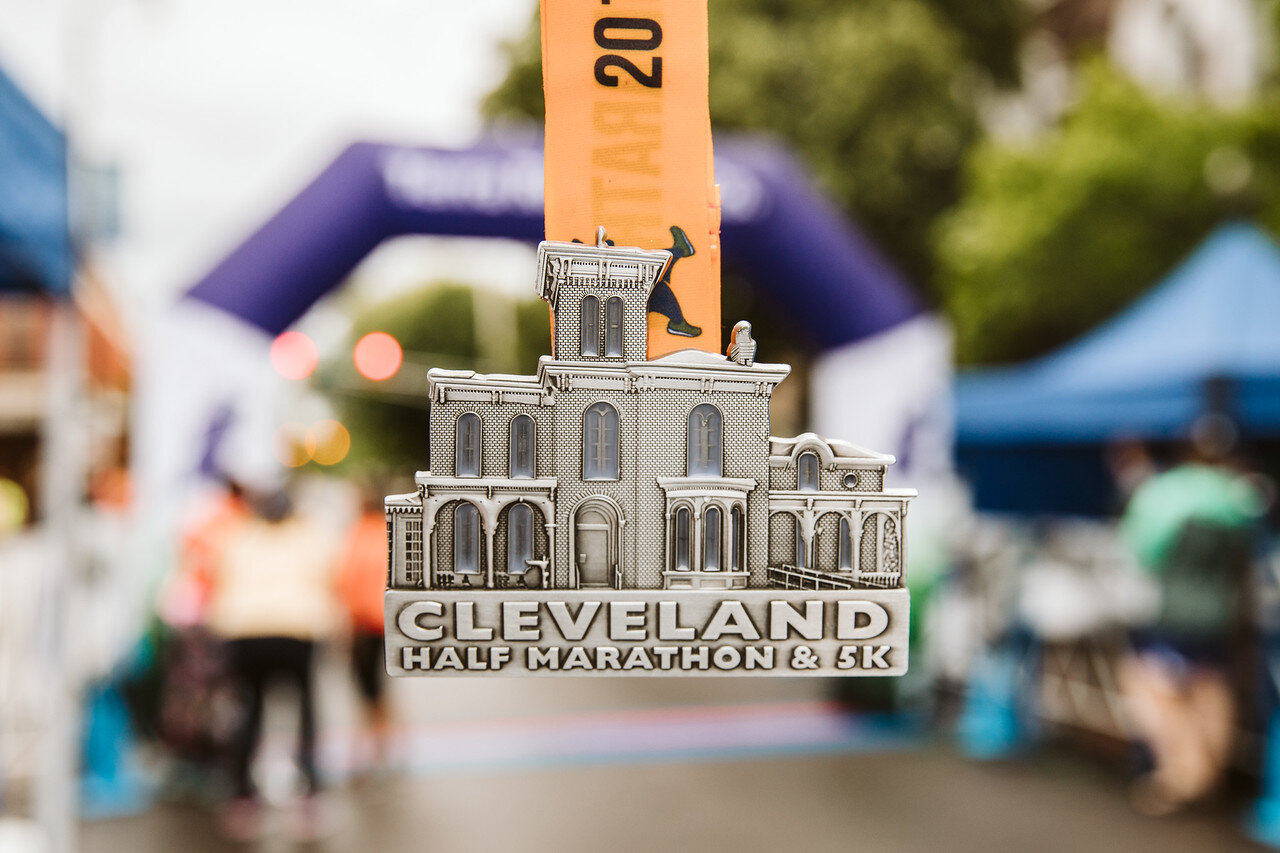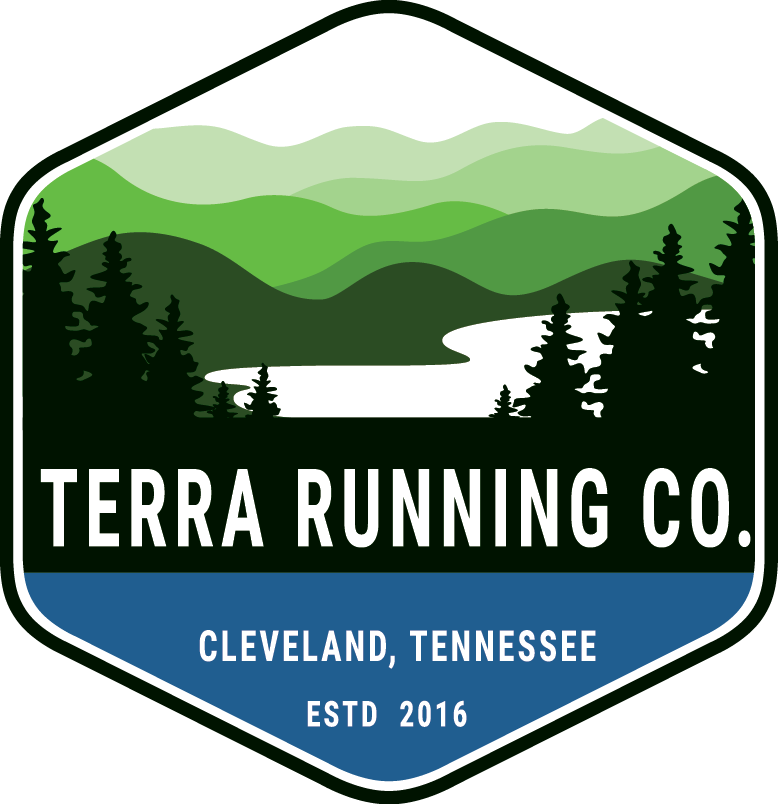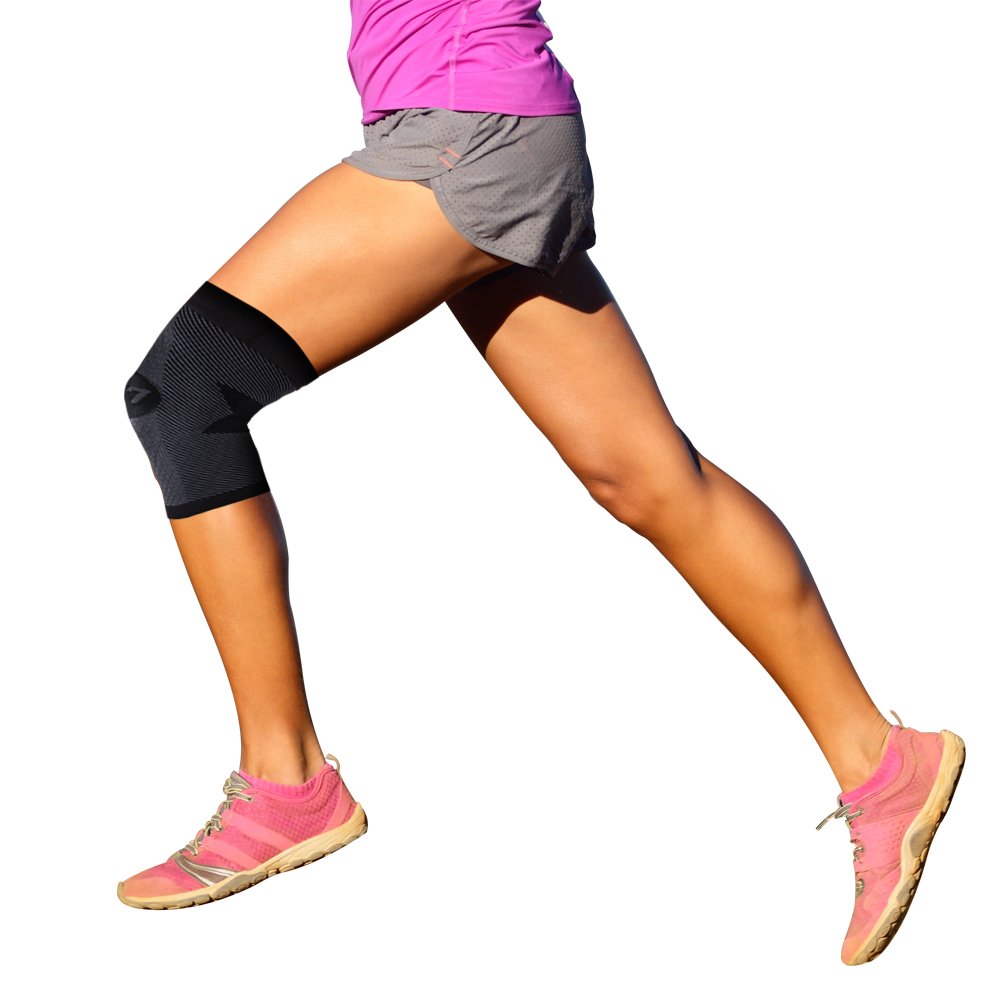
Meet Direct Primary Care & Associates
As runners we know that exercise is good for our health. We try to eat well (usually!) and get enough sleep as much as is possible. But a lot of time, our effort toward our health ends there. One of the reasons for this is that healthcare feels complicated, expensive, and often out of reach. If this sounds familiar to you, meet our friends at Direct Primary Care & Associates! Not only are they one of our premier sponsors for the Cleveland Half-Marathon, they are an incredible community partner passionate about keeping Cleveland (and Dalton, Athens and Knoxville) healthy. We interviewed Vice President of Business Development, Tim Tatum, about DPCA and how they can help you stay healthy without the usual bank breaking hassle.
Can you tell us a bit about Direct Primary Care and Associates? What is it and who would benefit from your services?
Direct Primary Care Associates offers a simplified and smarter approach to better health without the stress and limitations of third-party insurance companies. Our membership provides office visits with plenty of one-on-one time with your doctor, allowing you the opportunity to take proactive steps toward a healthier life. We meet you where you are with 24/7 access to your primary care provider via phone, text, email, or video call. DPCA offers same day or next day appointments and have locations in Cleveland, Athens, Dalton, and Knoxville. It’s not insurance – it’s healthcare.
What about yourself? What is your role at Direct Primary Care and how did you get involved?
I’m Tim Tatum and I am the Vice President of Business Development at DPCA. I have worked in the mental health arena since 1995 and I want to continue to use a collaborative approach to helping people overcome challenges. I left a career of over 25 years in Behavioral Health to start this company with my partners. I am extremely passionate about the service we provide.
What makes Direct Primary Care different from the “traditional model” of primary care?
We build a relationship with you. Visits at DPCA are unrushed and are typically 30-60 minutes. We offer same or next-day appointments and are available via our HIPPA compliant app , you can call, text, or video call 24/7. We meet you where you are. We offer preventative care, chronic disease management, minor in office surgical procedures, care coordination, personalized wellness plans, episodic care, medication refills, and labs.
When a lot of people hear the phrase “primary care” they think about their annual physical. What else does primary care cover? What services do you all offer?
We are proud to offer much more than just your annual physical. We offer women’s health, men’s health, annual lab work, mental health, removal of warts, urinalysis, cholesterol testing, electrocardiogram, and much more! Visit DirectPCA.com for a full list of our included services.
Do your patients usually still have some form of insurance for emergencies?
We are a great alternative to using your insurance for routine primary care and DPCA is much less than your insurance deductible. Our fee covers only our services, not the cost of visits to specialists or some of the tests we may request. This means that insurance may still be needed for some of the care we may order.
All patients, regardless of insurance status, pay the same monthly membership for our care and receive the same services. No patient is turned away because of insurance, and no one is turned down for pre-existing conditions.
Why should people care about their healthcare beyond emergencies?
To continue to improve your overall health and wellness. DPCA is focused on wellness which in turn decreases hospital admissions, specialty referrals, and decreases ER visits, therefore, affecting your physical and financial wellness.
How much does being a member cost?
DPCA is a membership-based fee of $70 per month for individuals aged 18 and older. We also offer family and employer group plans. Approximately 80% of our customers are sponsored though their employer. By keeping a modest rate, we become more cost effective than paying traditional copays and deductibles. Memberships include many routine labs and medications.
How can people learn more?
For more information, please visit DirectPCA.com or please email Tim@DirectPCA.com
As a physician, do you have any advice for our runners on staying healthy and injury free?
Before a run, we would recommend that you find great running shoes (from Terra RunningCompany), don’t run if you have any pain, and ice any injuries as needed. After a run, we recommend that you refuel and focus on eating protein and carbohydrates. This will help your muscles recover quickly. Of course, if you have any further questions or concerns, please contact us at DirectPCA.com.
Any final thoughts?
We are happy to be supporting Terra Running Co and we are thankful for our community that continues to support DPCA. Discover the difference today at DPCA.
What is Heel-to-Toe Drop?
“Heel-to-toe drop” is a term that often gets thrown around when comparing running shoes. Maybe you’ve heard of this mysterious phrase or maybe you haven’t. The good news is it’s a pretty easy concept to understand; it simply means the difference in height between the heel and the forefoot of the shoe. The even better news is, if you’re a beginner runner, you probably don’t even need to worry yourself with it. Simply getting into a quality shoe will get you to where you need to be. However, if you’re getting a bit more into running, are thinking of switching up shoes, or are trying to figure out how to best address a recurring injury, heel-to-toe drop can be a interesting concept to explore.
Heel-to-Toe Drop vs. Stack Height
Brooks Ghost: 12mm drop; Hoka Bondi: 4mm drop; Altra Torin: 0mm drop
First things first, let’s cover some terms. Like we have already mentioned, heel-to-toe drop (or “drop”) is the difference between the heel and forefoot in the shoe. As an example, a high heel shoe has a very high heel-to-toe drop, whereas, if you are walking around barefoot, there is zero drop. So what then is “stack height?” Stack height is how much height is in between your foot and the ground when it is in the shoe. If you’ve ever put on a pair of Hokas and felt like you gained 3 inches, that’s because it has a very thick midsole and thus, a very high stack height. Generally, the more stack height the more cushion the shoe has (though certain materials will feel softer than others). The reason this is helpful to understand when talking about heel-toe drop is because people often get them confused. This is probably because lower or zero drop shoes are often associated with the “minimalist” running movement that was very popular about 10 years ago (think of the book Born to Run or the FiveFinger shoes). While this is somewhat true — proponents of zero drop shoes often are because they believe it is healthier and more natural for your feet— it is not completely true because you can get low or zero drop shoes that have tons of cushion (very unlike those Five Finger shoes). As an example, most Hokas would fall in the low drop category. In fact the Hoka Bondi, our most cushioned shoe in stock, only has a drop of 4mm. Contrast that with the Brooks Ghost which has a drop 3x that at12mm.
Why does this matter?
Courtesy of RunRepeat
It is important to restate that most people don’t need to concern themselves too much with heel-toe drop. That is what we are here for! Come into Terra and we will talk to you about your needs, any injuries you have or have had, what shoes have felt good in the past, etc. But for those who are interested in learning more about running or are wanting to explore how different shoes effect their body and gait it is helpful to consider. This is because research does shoe that lower drop shoes put more load on your feet, ankles and Achilles, whereas higher drop shoes put more load on your hips and knees. This can be good to know if you had or have an injury. Lower drop shoes also have been shown to improve runner’s cadence (the amount of time it takes for you to toe off), while higher drop shoes increase the amount of foot switch time between strides. Studies have also shown that runners were 9.2x more likely to run with a forefoot strike in minimalists compared to regular running shoes, so if you are trying to work on landing more on your forefoot it could be a good idea to test out a lower drop shoe. This being said, that same study showed that, even though runners were almost 10x more likely to run with a forefoot strike in a more minimalist shoe, 70% of runners in minimalists continued to rearfoot strike (Cheung et al. 2016). This matters because a lot of more “minimalist shoes” don’t have the necessary cushion to protect heel-strikers which could potentially put someone at more risk for injury. Because low or zero drop shoes also put more load on the feet, ankles and Achilles, if you are switching from a much higher drop shoe, there is more risk of incurring an injury if someone does not adequately ease into the shoe.
So which is best?
There is not necessarily a “best” drop since it all depends on the runner and what their needs are. Me personally? I like lower drop shoes. I feel the effect it has on my cadence and running form. But I frequently have customers who come in and specifically request higher drop shoes because they like how it feels for them. If you’re not sure what you like, try to think of shoes that you have loved in the past and find out what the drop was. If you have a few different shoes to pull from you might see a pattern… but then again, maybe you won’t! Remember, it is healthy to mix up shoes to help prevent injury. This is because it spreads out that load across different parts of your body. At the end of the day, having a fresh pair of shoes will help keep you injury free regardless of their drop.
Compression: It Really Works!
I used to be a compression skeptic. Sure, the tight, bright colored compression sleeves *look* cool, but do they work? Are tight socks worth the hassle of getting them on and off? Aren’t they hot? How will I get tan? All of these questions gave me pause when going for compression socks in the past, until the “Shin Incident of 2021.”
I never had issues with my shins. I have been running for years on hard surfaces, but always had good shoes so I never dealt with sore shins or shin splints. In 2021, I started training for a triathlon. I would run 2-3 times a week, along with multiple bike rides and early morning swim sessions sprinkled in. Even though I was running less (or maybe because I was running less?) my shins started to hurt at the beginning of every run. To combat the shin issues, I would try the advice I dish out to customers daily. I stretched before and after each run. I tried to start the run at a slower pace or even a walk to warm up. When those didn’t work, I decided to try calf sleeves.
The OS1 Knee Compression Sleeve brings down swelling naturally while adding support.
Terra Running Company carries OS1st compression products, and they really are some of the best compression on the market. I tried the plain black calf sleeves and I cannot overemphasize how impressed I was. I was an instant compression convert. I wore them after my run a few times, and then when I felt that my shins would be really sore, I would wear them during a run. A few months later, when I fell hard on my knee trail running, I got a OS1st compression knee sleeve to bring down the swelling naturally. It was a lifesaver!
Even though it was the heat of the summer, the calf sleeves didn't make me any warmer than I would have been without them. According to their website, ”OS1st uses top-quality, high-performance, moisture-wicking materials with a silver-ion anti-microbial treatment. Materials include Lycra Spandex, micro-nylon, nano-bamboo charcoal, and Merino Wool treated with silver-ion for moisture-wicking and anti-microbial.” All that to say, these aren’t cotton socks. These aren’t even cheap polyester socks. These are meant to sweat in, so don’t let the fact that they cover up your skin scare you away.
You may be wondering what makes OS1st different. I’m sure you’ve seen ads for other brand’s “Buy 1 get 45 free” compression socks, or something that seems too good to be true. Well, it probably is. Not all compression is created equally. Their website states that, “unlike some compression products, all OS1st products are 100% medical grade compression. We apply our compression with our patented Compression Zone Technology ® which targets specific joints and muscles so you can be active and pain-free.” These aren’t just tight socks. They use targeted Compression Zone Technology, which varies the compression based on where on your body it is. The compression knee sleeves, for example, have a tighter compression above and below the knee cap to stabilize and give support.
Terra Running Company carries compression products from OS1st for all sorts of body parts: quads, knees, shins, plantar fasciitis (a popular one!), elbows, and more. If you are interested in learning more about how compression can help you stay active, stop in and let me, Tiff, Asher, or Brennan measure and help you find the best compression for your issues! Avoid your own “Shin Incident of 2022."
Terra Testimonial: Bonnie
While it is true that we are a running specialty store, we are also here for anyone who needs a comfortable, quality shoe. This includes runners and walkers but is also for anyone who wants to protect their knees, hips, feet, and back by wearing a properly fitting, appropriately cushioned shoe. Don’t just take our word for it — hear what Bonnie has to say…





